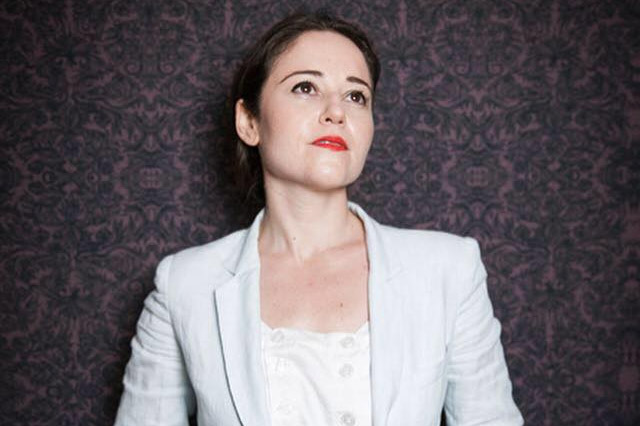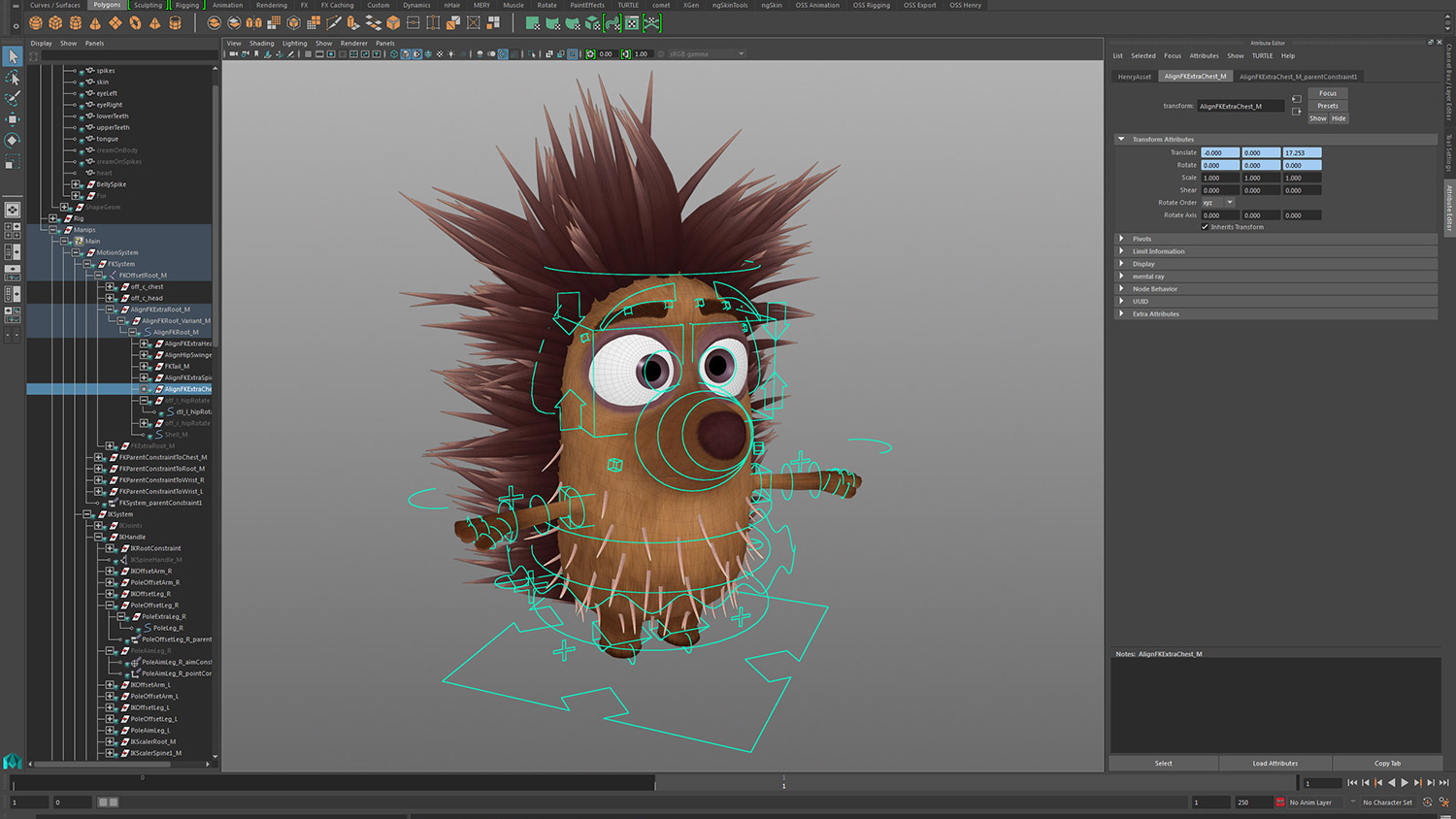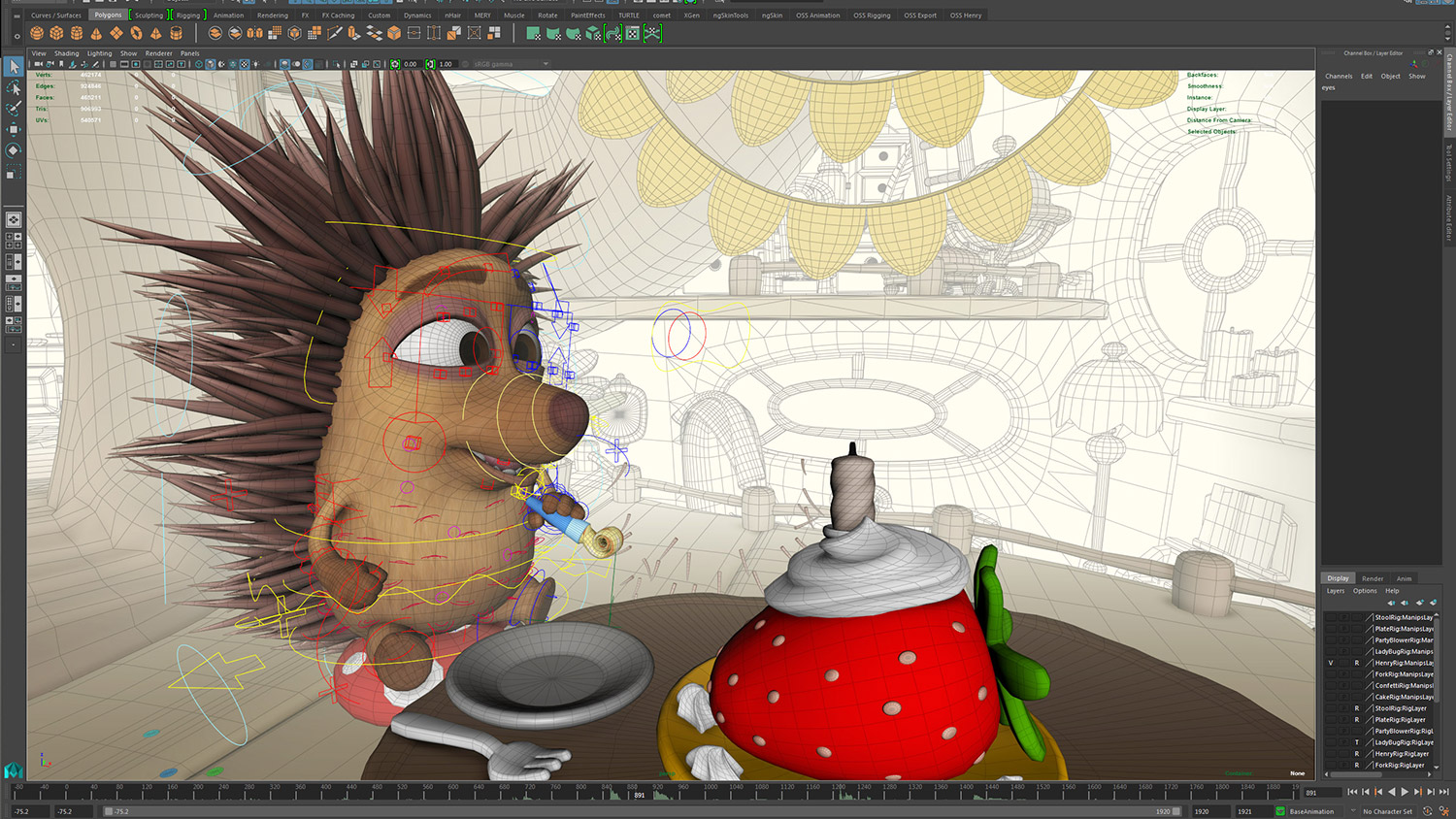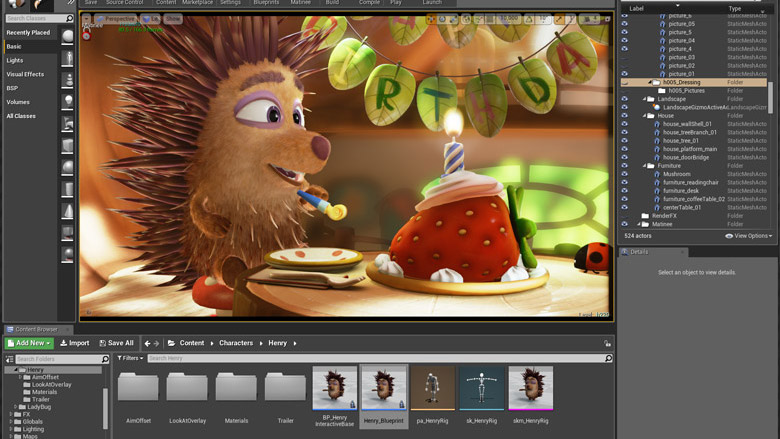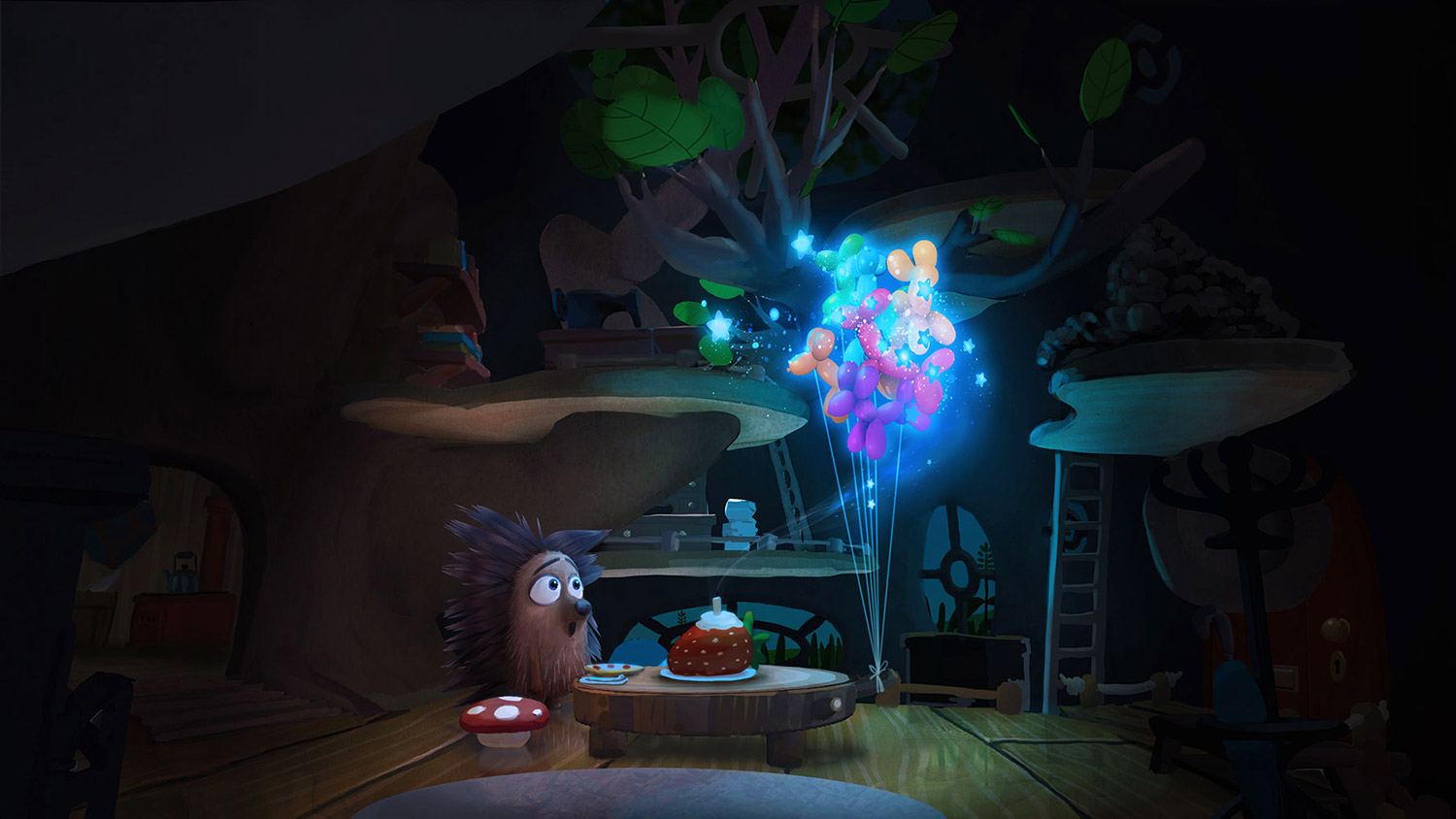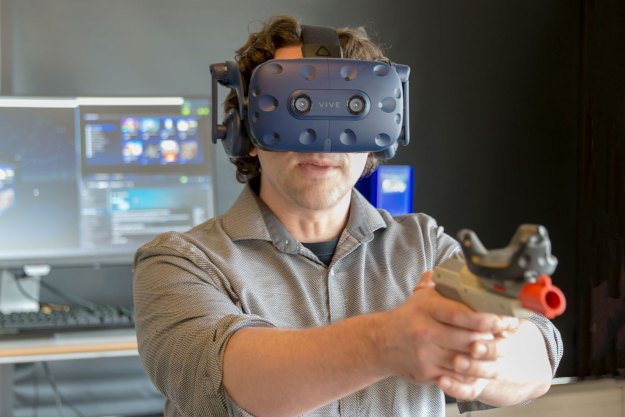Special effects pioneer Dennis Muren proclaimed the 1980 classic Star Wars: The Empire Strikes Back the hardest film he ever worked on, because “we had to train people to do work that we barely knew how to do.”
That’s a conundrum creative types face: How do you do what’s never been done? Star Wars creator George Lucas and the Industrial Light & Magic (ILM) team Muren worked with on the film ended up making their own machines and their own programming. Along the way they wrote the rules of special effects — rules that have been the DNA of almost every blockbuster film over the last forty years.
That’s why VR companies like Jaunt and Oculus are taking virtual reality to New York University and the University of Southern California, starting Master Classes and creating workshops: to write the rules of this new revolution in filmmaking.
“The concept of a VR lab started last summer, as we began planning on how we could work together,” Jaunt Studios President Cliff Plumer told me in an exclusive interview with Digital Trends. The Jaunt Cinematic Virtual Reality Lab, which will launch later this year, is the product of a rich history between USC School of Cinematic Arts (SCA), Lucasfilm, and its founder, alumni George Lucas. “A number of us at Jaunt who came from Lucasfilm have worked with Dean Daley and the USC Cinema School for many years,” Plumer said. The lab will be a three-year incubator at SCA where students can learn how to film for virtual reality, and try it out for themselves.
- 1. Jaunt Studios President Cliff Plumer
- 2. Yelena_Rachitsky, Creative Producer Head of Education at Oculus Story Studio
- 3. Jonathan Weinstein, professor at the Maurice Kanbar Institute of Film & Television Institute at NYU
Oculus too will reach out to students, recently announcing plans to host a number of workshops including a Master Class event at NYU. According to Jonathan Weinstein, Professor at the Maurice Kanbar Institute of Film & Television at NYU’s Tisch School of the Arts, the partnership began when Oculus approached Tisch Chairman Joe Pichirallo in November about “setting something up so they can expose our filmmakers to their technology.” The class will be made up of 60 undergraduate students: 30 from the game design program and 30 from the film department. Oculus is also in talks to begin a similar Master Class at SCA, said Yelena Rachitsky, Creative Producer/Head of Education at Oculus Story Studio. The Oculus workshops at NYU and SCA will kick off February 13, with masterclasses to begin in April.
Digital Trends spoke with Plumer, Rachitsky, and Weinstein about the challenges of teaching a completely foreign format and why it’s imperative to begin early. The paths they followed may have been different, but both VR companies share the same motivation: to expand virtual reality’s reach by teaching it. That’s easier said than filmed.
Class is in session
If you’re envisioning rows of students strapped into VR headsets like a Morpheus-taught class in The Matrix, then the reality of teaching virtual reality may seem somewhat mundane. As part of the NYU and Oculus Master Classes, Oculus will bring in guest speakers to explain to the budding filmmakers how they made their own VR films. The company will set up four Oculus Rift headsets in the space as well, so students can experiment with the tech. Weinstein, instrumental in forming the class, offered this general rundown of class time:
“The structure of it will explore the technology in terms of viewership but also explore how to film, shoot, and light for a virtual story.”
The Jaunt Cinematic Virtual Reality Lab sounds more collaborative. It will be a three-year incubator at SCA where the company plans to “collaborate with the staff on introducing Jaunt technology and production techniques to the students.” The goal is to develop techniques, rules, and best practices that the film industry at large can adopt. Jaunt did not reveal the names of guest speakers, but Plumer did imply it would involve members of the University of Southern California faculty that Jaunt has worked with in the past on feature films.
Mike Woods, founder of White Rabbit VR (his LinkedIn profile reads “Game changing shizzle, coming soon”), and Christine Cattano, producer at creative studio Framestore, are possible guest speakers at Oculus’s NYU class, Weinstein said. Cattano worked on the Game of Thrones Ascend the Wall VR experience, in which people climb a 700-foot tall virtual wall from the HBO hit series.
The hardware
The team at ILM learned quickly that they would have to create new machines to achieve some lofty ideas. A visual computer came from that realization that could mix computer-generated images with live action sequences. That computer sprouted a production company that bore the same name: Pixar.
Oculus came to a similar creative block on the company’s third film, the surrealistic Dear Angelica. Instead of illustrator Wesley Allsbrook drawing the film flat on a computer screen, Oculus created Quill, an “internal drawing tool, so [Allsbrook] can actually create the set in VR that is native to that space,” Rachitsky said. She did not specify whether NYU students would be able to use Quill, but Oculus’s guest speakers will likely shed light on one of its most revolutionary VR filmmaking tools. “There’s currently not a ‘right way’ to do things, and there are so many different kinds of projects,” says Rachitsky. “There’s so many different approaches [that] there’s not yet one way to do it.”
Meanwhile, Jaunt calls its Jaunt ONE camera “the first professional-grade stereographic cinematic VR camera built from the ground up” on the company’s official website. So loaning a number of these one-of-a-kind cameras to film students should be like dropping a kid in a Willy Wonka chocolate factory.
The future of VR
At this point in embryonic phase of virtual reality filmmaking’s life, the greatest success could be simply if people are interested in using it. Weinstein said he measures success in experimental programs by student interest. “If we have a student population interested in learning the technology and wants to dive into it, I think we respond to that and give them access to that.”
It took 32 minutes for the 60 seats in the class to fill, he said.
Plumer did not specify what Jaunt or SCA would need to see from the partnership in order to continue it past its designated three years. But Plumer attests that USC is just the first foray into education for the virtual reality company. “Jaunt will continue to look for additional centers of education” to help promote virtual reality filmmaking, he told me.
Virtual reality filmmaking is even starting to interest the elite filmmakers in Hollywood. On a panel at the 2016 Sundance Film Festival titled “Power of Story: The Art of Film,” Christopher Nolan stated that he’s open to filming in virtual reality. He even compared VR’s relationship with traditional filmmaking to video games. “It’ll be its own medium. I never get asked anymore, ‘do you think video games will kill movies?’ 10 years ago I was asked that all the time. They’re two different mediums.”
Weinstein agrees with the Academy Award-winning director, claiming virtual reality could be “similar to the way 3D coexists or how some movies are released in multiple formats.” But practical integration of virtual reality with traditional theater-going? That’s what the students of virtual reality need to figure out. “We all could be experiencing those headsets as a pair of Ray Ban sunglasses that have a reflective inner screen, and they’re not cumbersome.”
With the home of LucasFilm entering the virtual reality realm, it may only be a matter of time before the George Lucas of virtual reality graduates.
Editors' Recommendations
- This new VR headset beats the Vision Pro in one key way and is half the price
- Disney just reinvented the VR treadmill, and it looks amazing
- Apple just patented a new VR headset controller — but there’s a catch
- This microLED advancement is exactly what AR and VR needs
- We now know how Apple’s VR headset may handle video, and it’s pretty awesome

